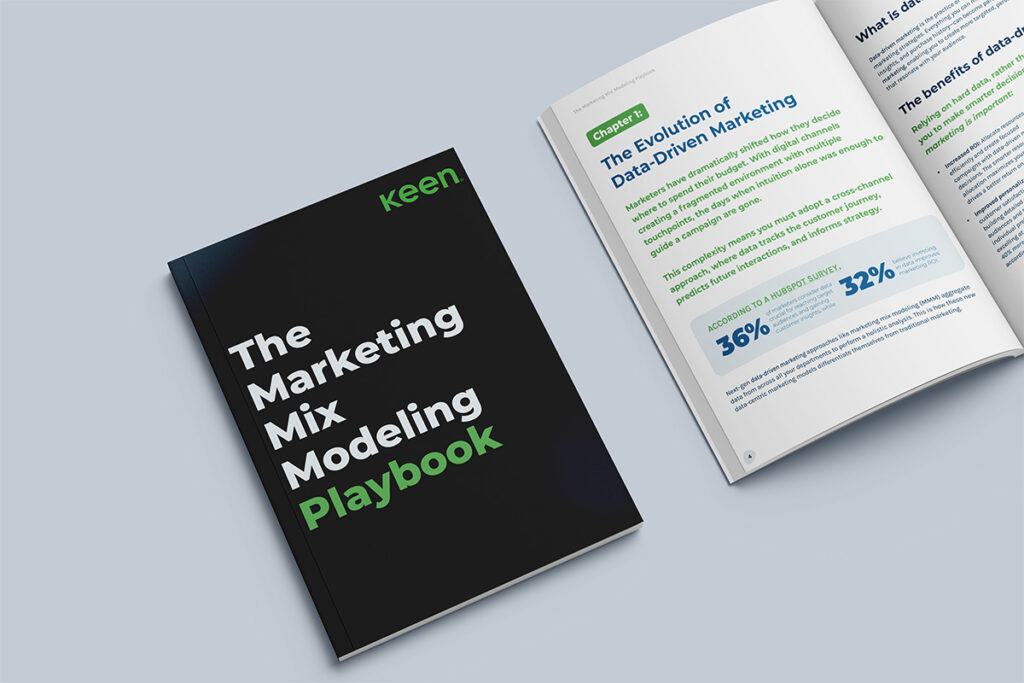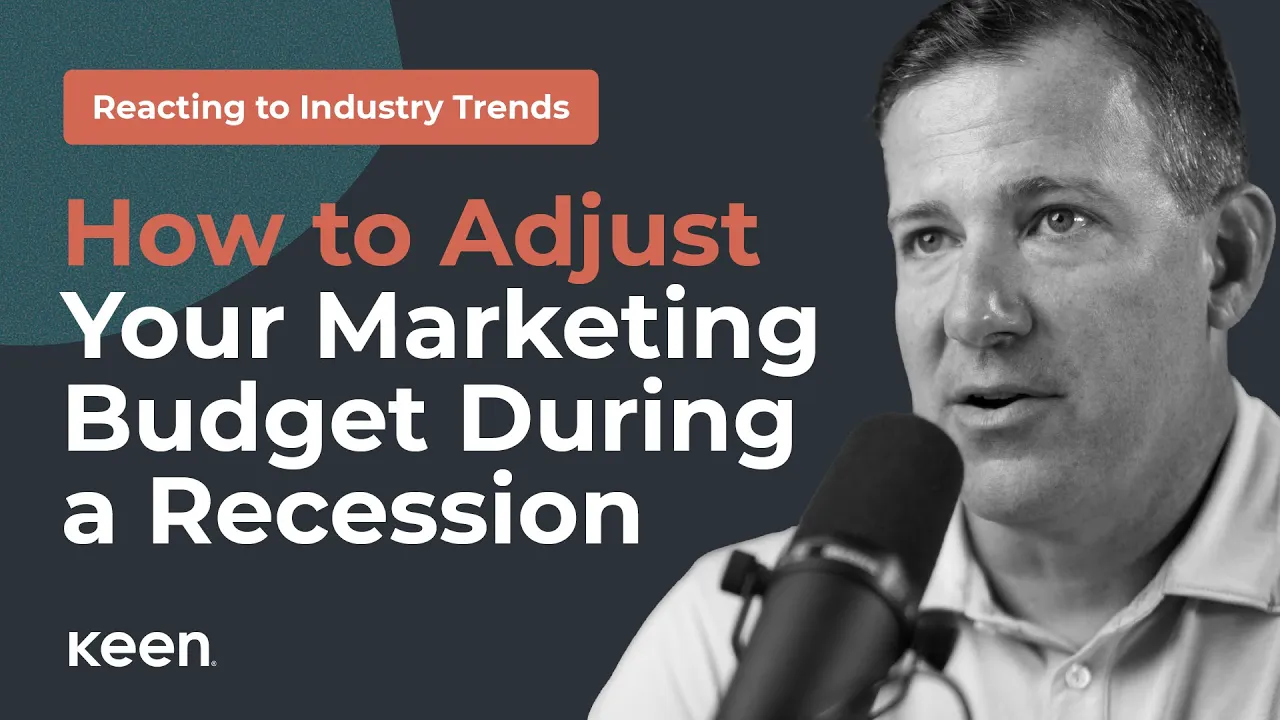As a Chief Marketing Officer (CMO), driving marketing initiatives and demonstrating the value of marketing efforts to the Chief Financial Officer (CFO) and other stakeholders is often a challenge. To effectively show the performance of their marketing budget to the CFO, CMOs can implement three key strategies: showcasing ROI and cost efficiency, using data visualization and reporting, and emphasizing long-term strategic investments.
Showcase ROI and Cost Efficiency
One impactful way to demonstrate marketing performance is by showcasing the return on investment (ROI) and cost efficiency of marketing initiatives. CMOs analyze the revenue generated by marketing activity, taking into account the total cost of investment. This may include advertising spend and technology expenses. By presenting the financial impact of marketing efforts, CMOs provide concrete evidence of the value generated by the marketing budget, reassuring the CFO of its effectiveness.
Use Data Visualization and Reporting
Effective communication relies on the ability to present complex data in a concise and visually discerning manner. CMOs leverage data visualization tools to create comprehensive reports that highlight the performance of the marketing budget. By using visual representations of key metrics, trends, and comparisons, CMOs can make it easier for finance teams and the CFO to understand the impact of marketing performance. By presenting the data in an easily digestible format, CMOs can enhance transparency and facilitate discussions about marketing performance and financial impact.
Emphasize Long-Term Strategic Investments
In addition to immediate financial returns, CMOs should also emphasize the long-term strategic investments made through the marketing budget. By showcasing the impact of brand building, customer loyalty initiatives, and market research, CMOs highlight the intangible value created for the organization. Although these investments may not yield immediate financial returns, they are essential for long-term sustainable growth. By clearly articulating the strategic importance of these initiatives, their connection to revenue, CMOs can engage the CFO in discussions about long-term goals and the role marketing plays in driving overall business success.
How can Keen help support these strategies?
| Benefits of the Keen Platform | shows finance teams how your marketing investments maximize ROI within our models |
| provides real-time marketing insights to help you learn from what you have spent and pivot based on your goals | |
| uses data to help you make the best marketing decisions possible |
Being able to report on marketing performance is critical. The Keen Platform empowers users by creating a forecast that quantifies the impact of your dollars across all channels – by week, over time with 95% accuracy. Link short and long-term financial forecasts with results to reduce uncertainty and break down the barrier between marketing and finance.
Historically, showing the revenue impacts of top-of-funnel and brand building investments have been a challenge for CMOs and marketing teams. Keen’s patent-pending Marketing Elasticity Engine acts as a custom prior for your brand. By incorporating our proprietary response curves and 6-year future decay rates, finance teams gain a comprehensive understanding of both short and long-term impacts of these investments.
The Keen Platform connects marketing spend to revenue. These types of insights enhance the collaboration between marketing and finance which paves the way for a significant shift in mindset. Instead of viewing marketing as an expense, marketing is recognized as an investment.
Download the Keen guide to learn additional strategies you can implement to showcase the performance of the marketing budget to the CFO and finance team.





